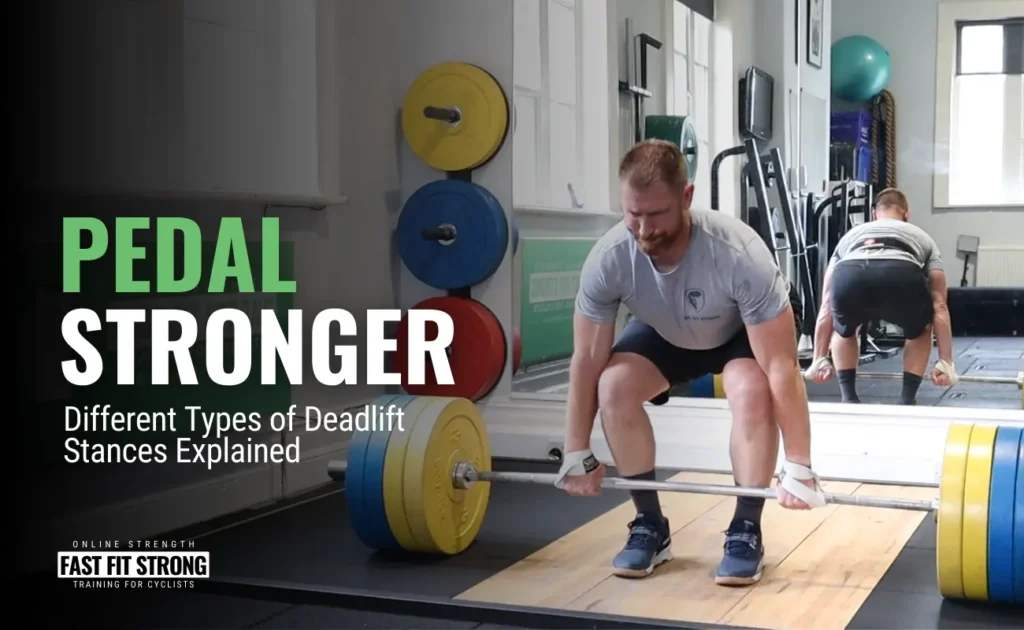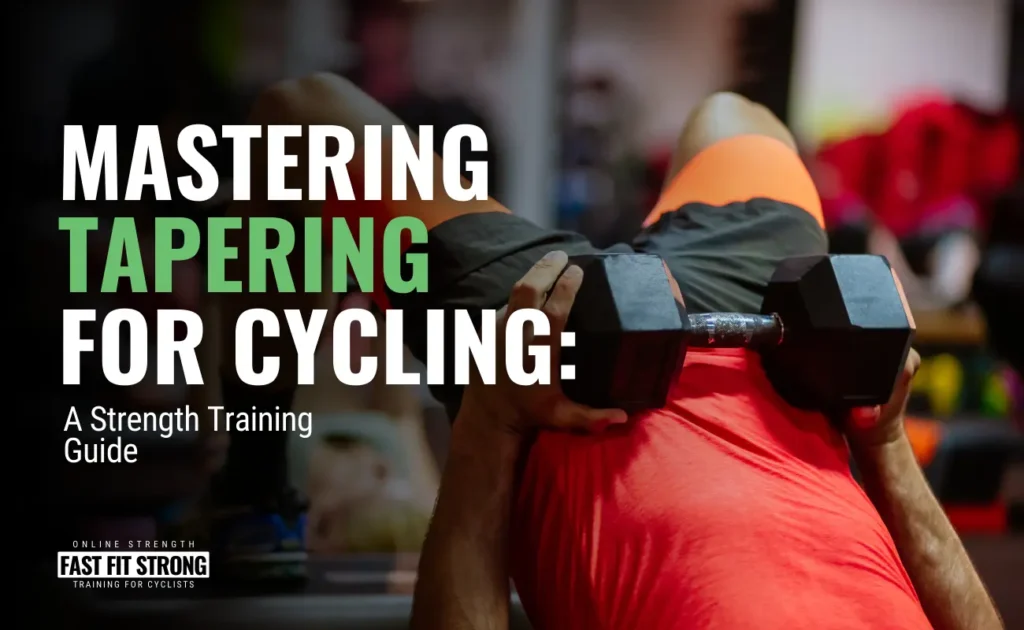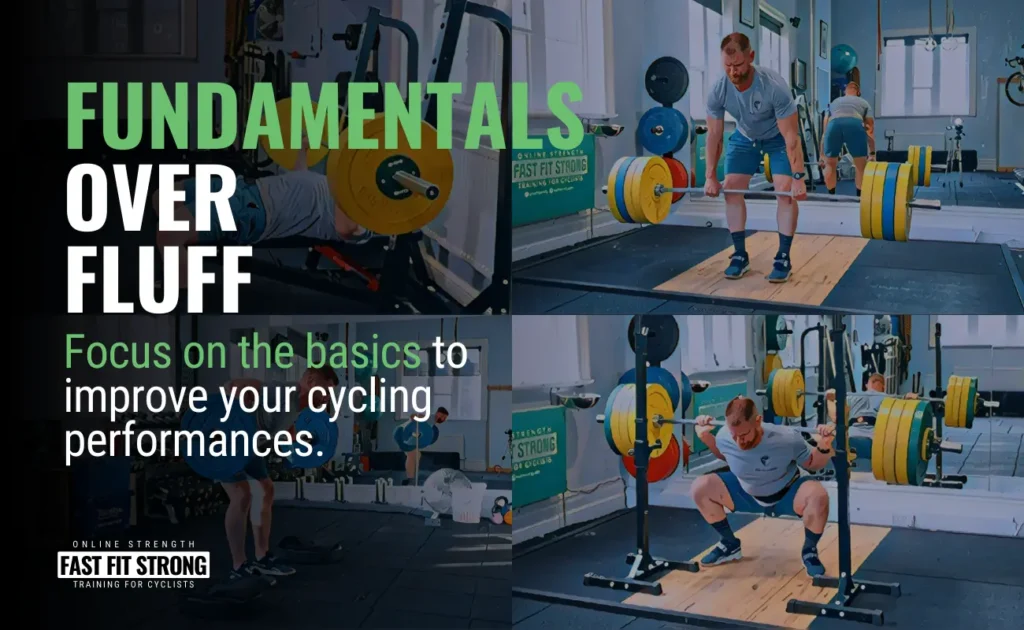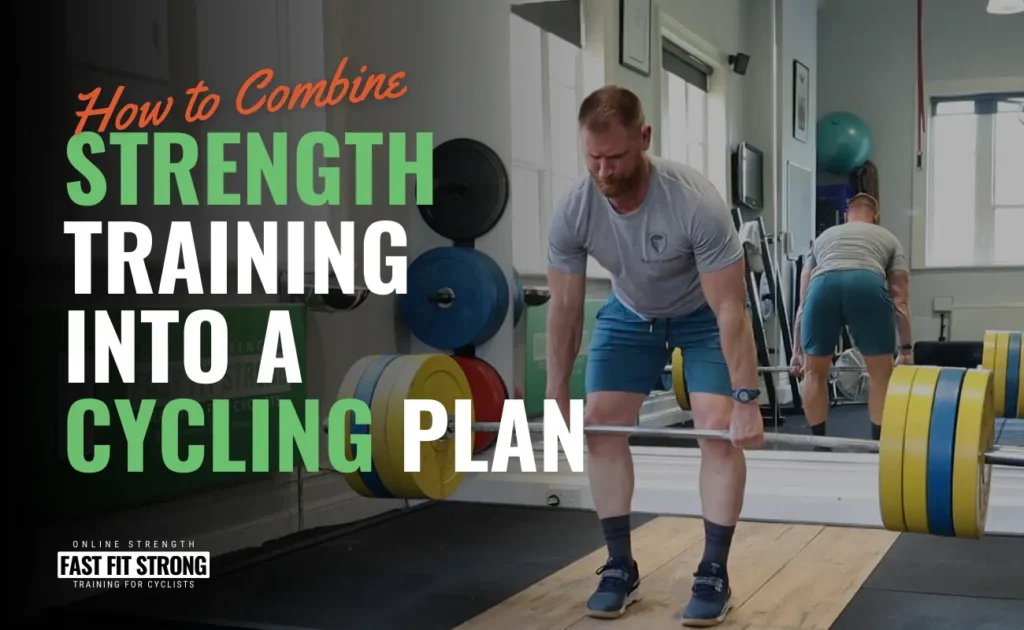Introduction.
Are you looking to take your cycling performance to the next level? Well, you’ve come to the right place. In the world of gym training, there’s a technique that has been buzzing around lately: Pyramid Training. It’s a method that promises to boost your strength, power, and overall fitness. But what exactly is pyramid training, and does it hold any benefits for cyclists like us? Stick around as we dive into the fascinating world of pyramid training and explore how it can potentially elevate our cycling game.
Before we get into too much detail about this training method, let’s take a moment to understand why hitting the gym can be a game-changer for cyclists like us.
As cyclists, we’re no strangers to pushing ourselves to the limit on the bike. We strive to conquer mountains, set new personal records, and revel in the joy of flying through the wind. But have you ever stopped to think about how gym training can complement our cycling training? While the road or trail remains our primary domain, incorporating a good quality strength and conditioning program can work wonders for our performance and longevity in the saddle.
A well-rounded training program that focuses on fundamental movements will not only limit your injury risk but will also enhance your cycling efficiency and boost your power in the saddle.
So without further ado, let’s explore what pyramid training is all about and whether it holds the key to unlocking our cycling potential.
What is Pyramid Training?
The pyramid method of training typically involves performing a series of sets with a specific exercise, manipulating the weight and reps as you go.
You might start with a lighter weight and perform a higher number of repetitions and gradually work your way up to a heavier weight for fewer reps. Once you hit the peak (in this case, the heaviest load), you repeat what you’ve already done in the reverse order.

Alternatively, you can do this in the opposite fashion by starting with a heavier weight and gradually reducing the weight as you increase the number of repetitions. The idea is to challenge your muscles in a systematic and progressive manner.
| Set # | Repstitions | Weight (% of max) |
| 1 | 5 | 80% |
| 2 | 4 | 85% |
| 3 | 3 | 90% |
| 4 | 4 | 85% |
| 5 | 5 | 80% |
Now, you might be wondering, “Why should I bother with pyramid training? Can’t I just stick to my regular workout routine?” Well, my friend, pyramid training brings some potentially exciting benefits to the table, especially for us cyclists. Let me share some insights with you.
Pros and Cons of Pyramid Training for Cyclists
Now that we have a solid understanding of what pyramid training is, let’s dive into the potential benefits it offers specifically for us cyclists. While pyramid training has its advantages, it’s important to consider any potential disadvantages as well. So, let’s explore both sides of the coin.
Much of the research on Pyramid Training has focused on the volume of training that can be achieved during a single training session and because of the varying loads and repetitions, it is easier to complete more “work” in a shorter amount of time. Therefore, a large amount of the interest in Pyramid Training schemes is concentrated on increasing physical size through muscular hypertrophy, which is an outcome that most cyclists are actively looking to avoid!
Depending on the particular scheme being utilised, there may be some benefits in terms of developing muscular endurance and fat loss, however, I would argue that riders already get these benefits on the bike and there is little point in doubling up by doing it in the gym. Time would be much better served working towards something that will make a difference in terms of performance.
Building Strength and Power
When it comes to cycling, strength and power are key components of performance, but we rely on more than just strong legs to conquer those tough ascents and sprint to the finish line. Building overall body strength is key to unleashing our true potential on the bike.
Studies have shown that developing strength and power by utilising specific forms of resistance training lead to improvements in cycling performance. However, in order to maximise strength & power development, athletes need to achieve maximum voluntary contractions by lifting heavier weights. This, in turn, requires longer rest periods which is the opposite of what is promoted in many Pyramid Training schemes.
Therefore, if your primary goal is to focus solely on maximum strength development (which it should be), other training approaches will be more suitable.
Time Efficiency
Time is precious, and as cyclists, if we also need to make room for long road rides, we need to make the most of the time we have available for our off-bike training sessions. This is one of the potential benefits of Pyramid Training for cyclists as it allows us to complete a large amount of work in a small amount of time.
By performing a variety of rep ranges at different loads we can take shorter rest periods and get more done. Additionally, if we also superset two more exercises together, we can do even more!
However, I believe that this is a potentially damaging way of thinking about things. The goal when using gym-based resistance training to enhance our cycling performance isn’t to do the maximum amount of work in the minimum amount of time, but rather it is to develop strength & power in relevant movements that have the greatest carry-over to cycling performance (and life in general).
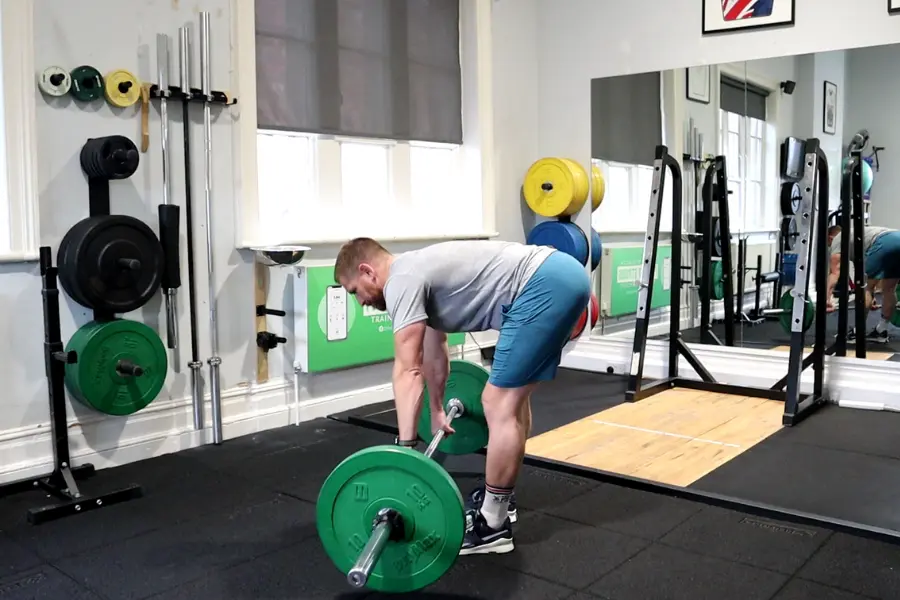
As we’ve established above, to do this effectively adequate rest periods are needed so that you can lift loads heavy enough to generate the right kinds of adaptations.
Injury Prevention and Muscle Balance
Addressing muscle imbalances and reducing the risk of injuries are crucial for cyclists. One of the significant benefits of a good quality resistance training program is that it reduces injury risk and addresses potential imbalances that can arise from our repetitive cycling motion.
By incorporating multi-joint movements that target different muscle groups, we create a harmonious balance within our bodies. This, in turn, can help reduce the risk of overuse injuries and keep us on the bike for longer, enjoying the thrill of the ride.
This can be hampered by Pyramid Training in two ways:
Overuse
“Proper” pyramid training uses one exercise and manipulates the load and reps to increase training volume and time under tension to achieve the desired outcome.
Repeatedly performing the same exercise can put excessive strain on the muscles, tendons, and joints involved, leading to overuse injuries such as tendinitis, stress fractures, and joint pain (this is the main reason cycling itself can lead to overuse injuries). Giving your body enough time to rest and recover can help prevent these types of injuries.
Inability to Concentrate on Technique
The increased fatigue and focus on volume reduce your ability to concentrate on how you are performing each rep, which can lead to injury. Therefore, I feel that a better approach is to isolate exercises (particularly the heavier compound ones) and focus on quality over quantity. At least until you are consistent enough to get the benefits from this style of training safely.
Integrating Pyramid Training into Your Cycling Program
Now that we’ve explored the considerations of pyramid training, let’s shift our focus to the practical side of things. How can we effectively incorporate pyramid training into our off-bike program? Let’s dive right in and discover some key strategies.
Identify Your Training Objectives
Before implementing any form of training into your routine, it’s important to define your training objectives. Are you aiming to increase overall strength and power? Or perhaps you have some existing muscle imbalances that you need to rectify to lower your injury risk. Understanding your goals will help tailor your training approach to align with your specific needs.
For example, if your primary objective is to enhance power output during sprints or short bursts of intensity, I would consider incorporating a simple training approach with lower repetitions and higher weights (assuming you are competent enough to lift them safely).
On the other hand, if you’re targeting muscular balance, you could utilise a Pyramid Training scheme, using lighter weights and higher repetitions to increase training volume for these specific muscles.
Be Sensible with the Weights You Choose
One of the defining aspects of pyramid training is manipulating the weight and repetition scheme as you progress through the sets. As we’ve already discussed, this reduces the rest time and increases the amount of work we can achieve.

You will quickly become fatigued using this style of training and therefore you won’t be able to lift weights as heavy as you think. For example, I would normally choose a load around 85% of my 1RM for 5 reps, but under the fatigue of a Pyramid scheme, this would be very difficult. Reduce the potential load by 5-10%.
Seek Professional Guidance
While pyramid training can be highly effective, it’s always beneficial to seek professional guidance from a qualified strength and conditioning coach or trainer. They can assess your individual needs, provide specific advice, and ensure that your training program aligns with your cycling goals and abilities.
Remember, every cyclist is unique, and what works for one person may not work for another. A professional coach can tailor your training program to suit your requirements, helping you achieve optimal results while minimising the risk of injuries.
Conclusion
Now that we’ve explored the benefits, considerations, and strategies of incorporating pyramid training into your off-bike cycling program, here is my conclusion.
If you’ve read the entirety of the article it won’t surprise you that I am not a fan of Pyramid Training unless in specific circumstances, such as for overloading specific muscle groups to reduce muscular imbalances, etc.
If you’d like to try out my easy-to-follow cycling-specific off-bike strength training plan called Cyclist’s Edge, click this link and start today.
References
- Pyramid Method For Strength & Muscle – T-Nation. 10 Dec. 2014.
- Reverse Pyramid Training Workout for Fat Loss – Live Healthy.
- Strength training improves cycling performance, fractional utilization of VO2max and cycling economy in female cyclists. – Vikmoen et al. 2016.
- The Effect of Two Different Concurrent Training Programs on Strength and Power Gains in Highly-Trained Individuals. Petré et al. 2018.
- Resistance Training Volume Enhances Muscle Hypertrophy but Not Strength in Trained Men. Schoenfeld et al. 2019.
- Resistance training in musculoskeletal rehabilitation: a systematic review. Kristensen & Franklyn-Miller 2012.
- Resistance training for explosive and maximal strength: effects on early and late rate of force development. Oliveira et al. 2013

